SEAS: How it trains active self-correction
Physical exercises, whether in a sporting or rehabilitative context, are motor actions repeated to improve a function or skill. This function may be as simple as muscle strength or joint mobility or as complex as balance or coordination.
SEAS, our approach to scoliosis-specific exercises, was conceived with a different perspective compared to most other specific treatment methods.
In other approaches, unlike SEAS, the exercise involves adopting a position to achieve the maximum possible spine realignment and reduction of curves. This correction is typically static and passive, focusing primarily on achieving the best geometric realignment of curves, with little regard for movement.
Achieving this outcome often necessitates external aids, such as unusual body positions or physical supports. In other treatment methods, tools like pushing against a rigid instrument such as a stick, hanging from wall bars, or placing a support under the pelvis are commonly used to assist in aligning the scoliotic spine. These actions are identified as exercises and serve as a shortcut to achieving the best passive correction of the curves.
In the SEAS approach, the focus is on training active self-correction of curves. Exercises are designed to progressively destabilise this active (rather than passive) correction, compelling the patient to stabilise and regain it when necessary.
Correct and Controlled Exercises
The key role of the experienced therapist is selecting the appropriate level of destabilisation. As in any active training, the exercise should progressively increase the challenge of the targeted action.
An exercise is “correct” when it is selected after a thorough assessment of the level of destabilisation the patient can handle. It is “controlled” when it is neither excessively destabilising—risking loss of correction control—nor insufficiently destabilising, rendering it ineffective for training the ability to maintain correction in more complex situations.
The World Organisation for the Conservative Treatment of Scoliosis (SOSORT) recommends exercises focused on self-correction: movements that counteract spinal curves, stabilising and integrating them into daily life. In the SEAS method, exercises involve actively reaching and maintaining the self-corrected position despite various challenges. Gradually, through continuous practice, patients learn to integrate self-correction into everyday activities such as eating, walking, or doing homework.
A Practical Example
Long-term training, gradually increasing both distance and speed, is essential to prepare for a marathon and build sufficient strength and endurance to run 42 kilometres.
In our approach, exercises represent progressively chosen challenges to destabilise appropriate corrections. If the correction becomes too simple and the disruption fails to adequately destabilise it, the exercise cannot effectively train the ability to manage self-correction in more complex situations.
How Much Time Should Be Spent on Exercises?
The recommended daily practice is 20 minutes, with one rest day per week, totalling approximately two hours per week. Although this represents a significant commitment, especially given the duration of therapy, keeping a balance is crucial. Some parents, especially at the start, ask whether more practice is possible. Our response is that the training should be sustained without causing fatigue in a therapy that may span years.
Learning a musical skill is a practical comparison that illustrates the importance of consistency. A pianist cannot master complex pieces in a week but must practice daily with dedication, gradually progressing. Similarly, the SEAS approach requires continuous and progressive training, continuing until skeletal maturity reduces the risk of scoliosis progression.
Through the SEAS method, patients can actively train self-correction, transforming it into a stable and enduring skill that supports their daily life.

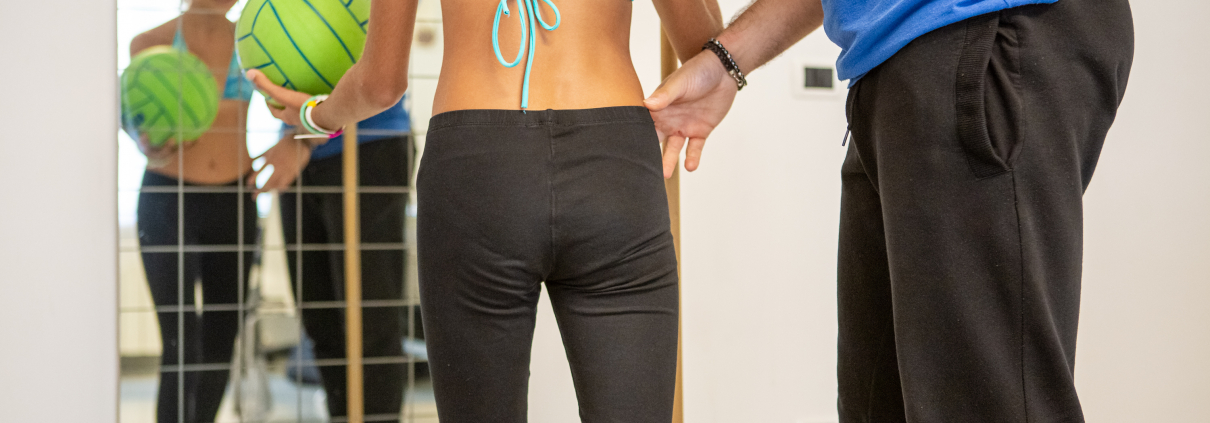
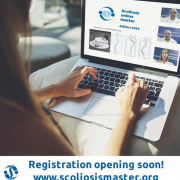
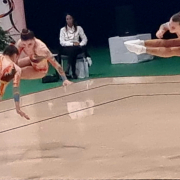
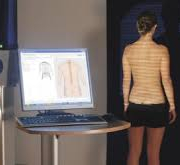
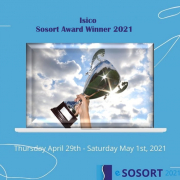

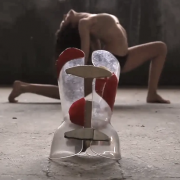




Leave a Reply
Want to join the discussion?Feel free to contribute!